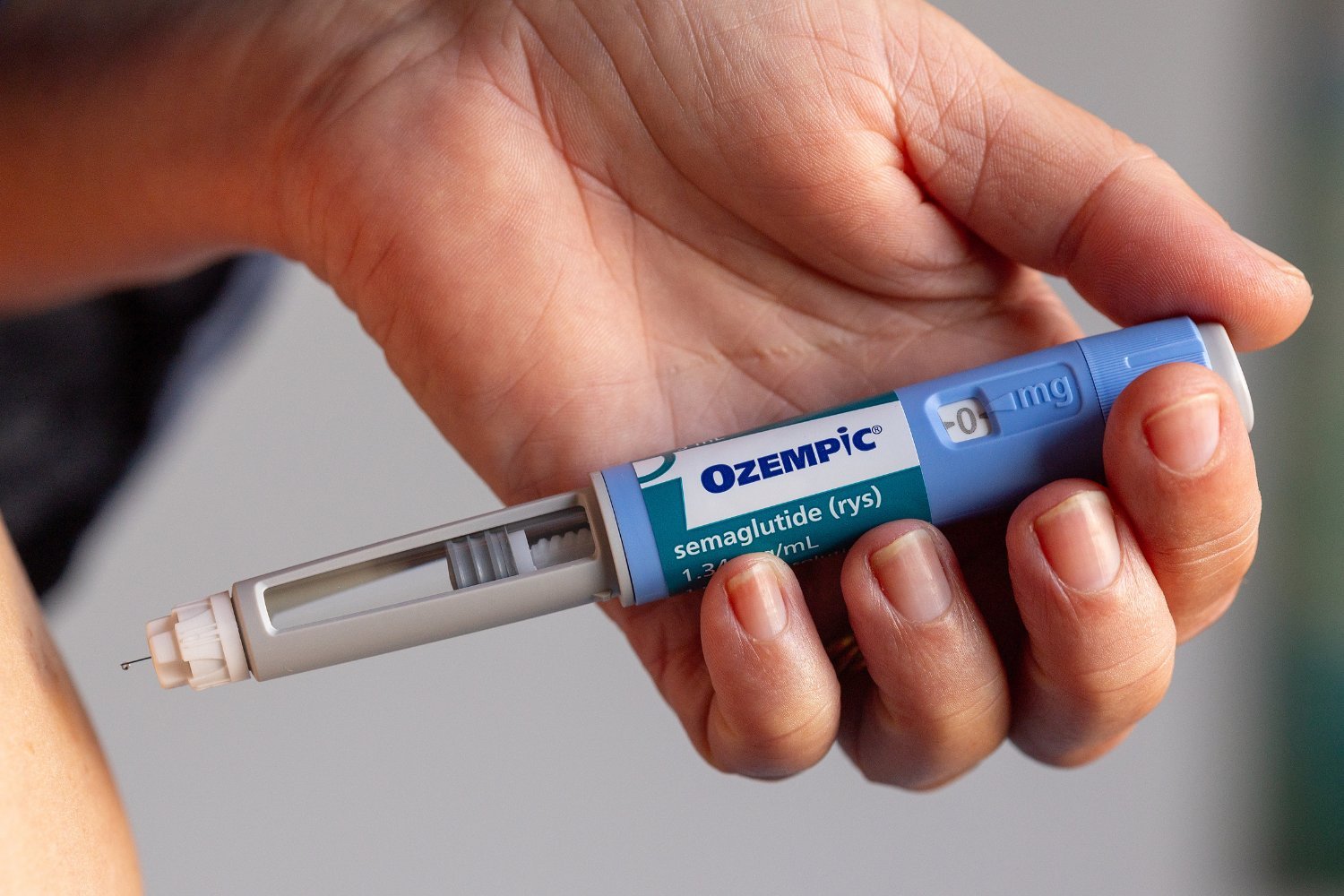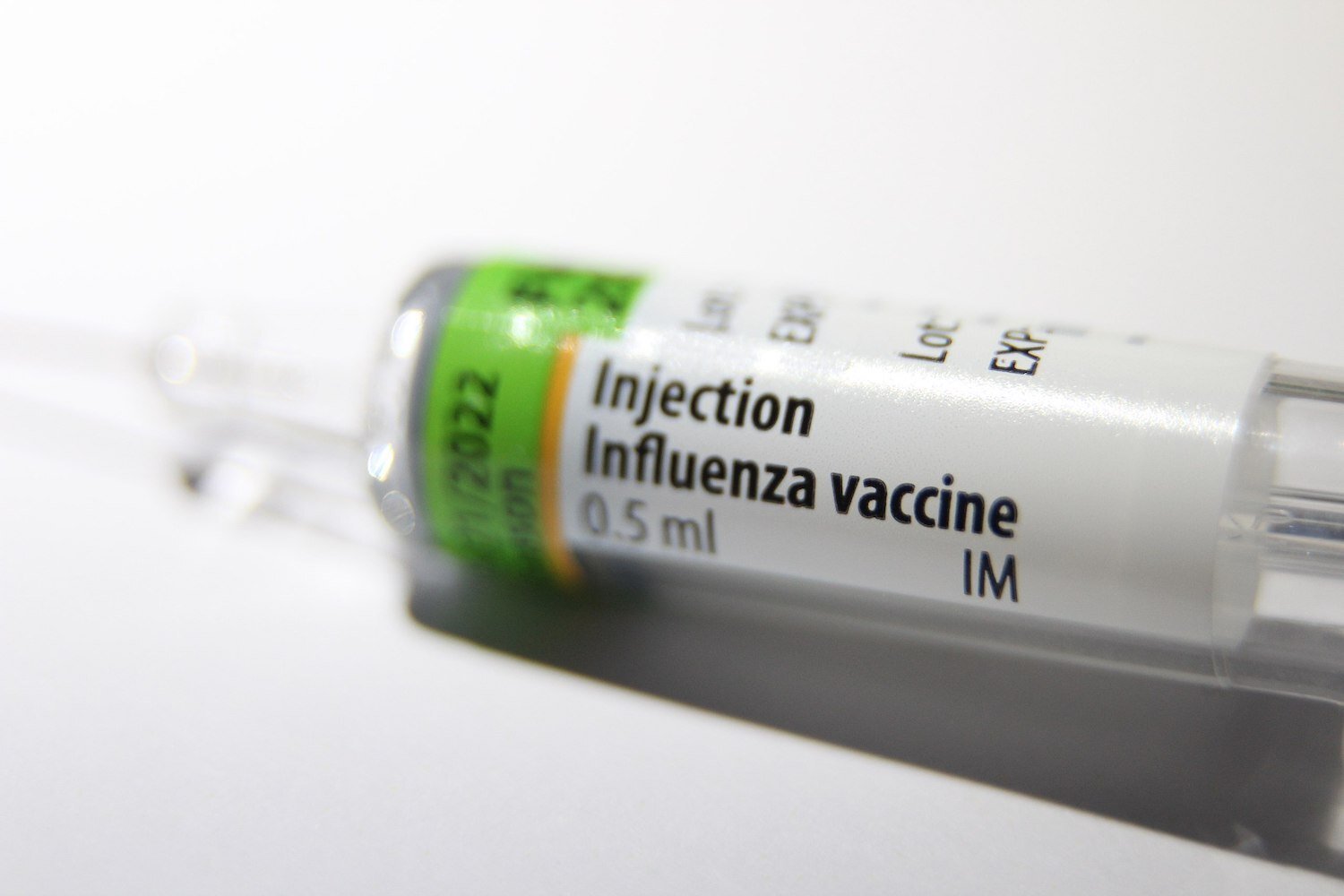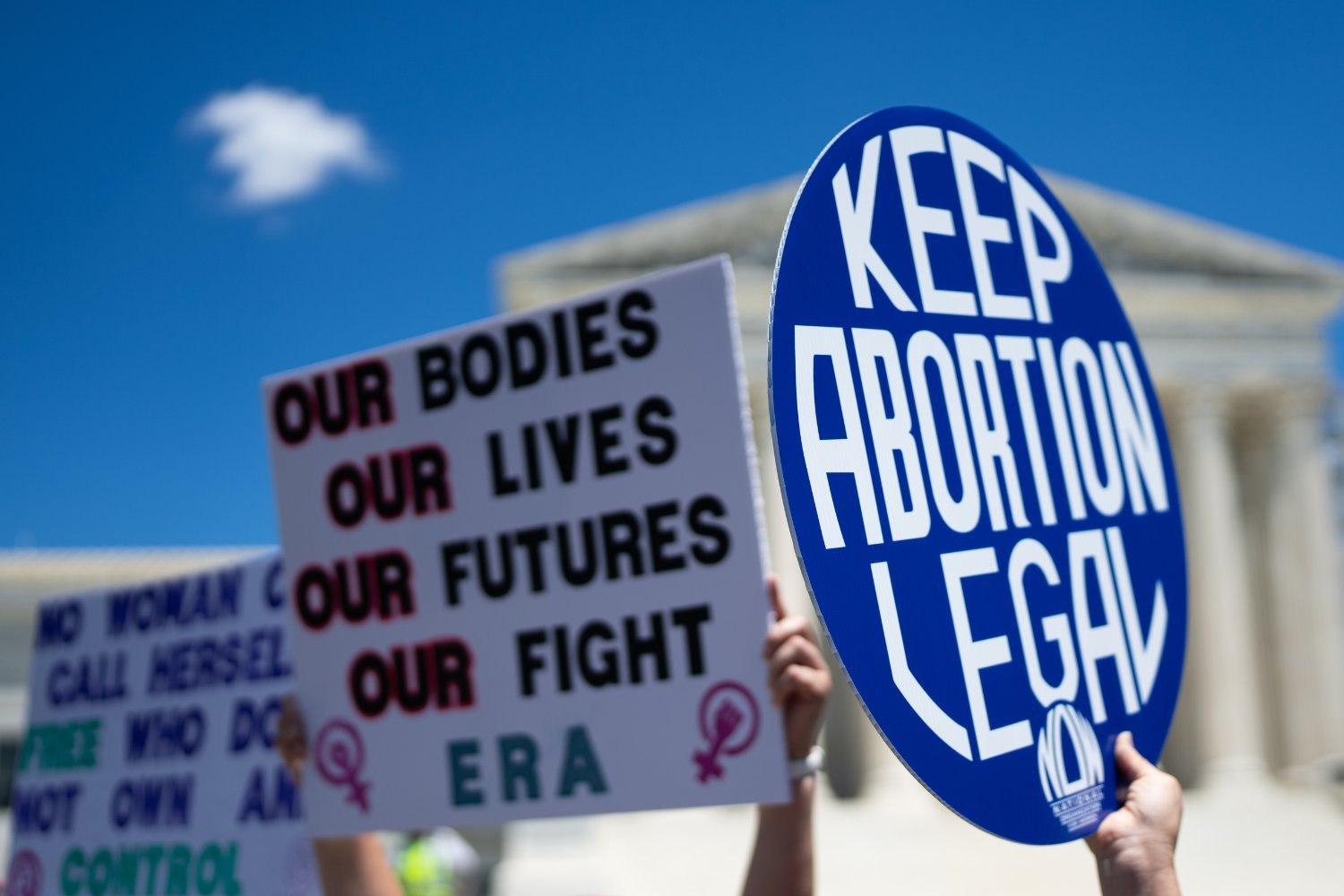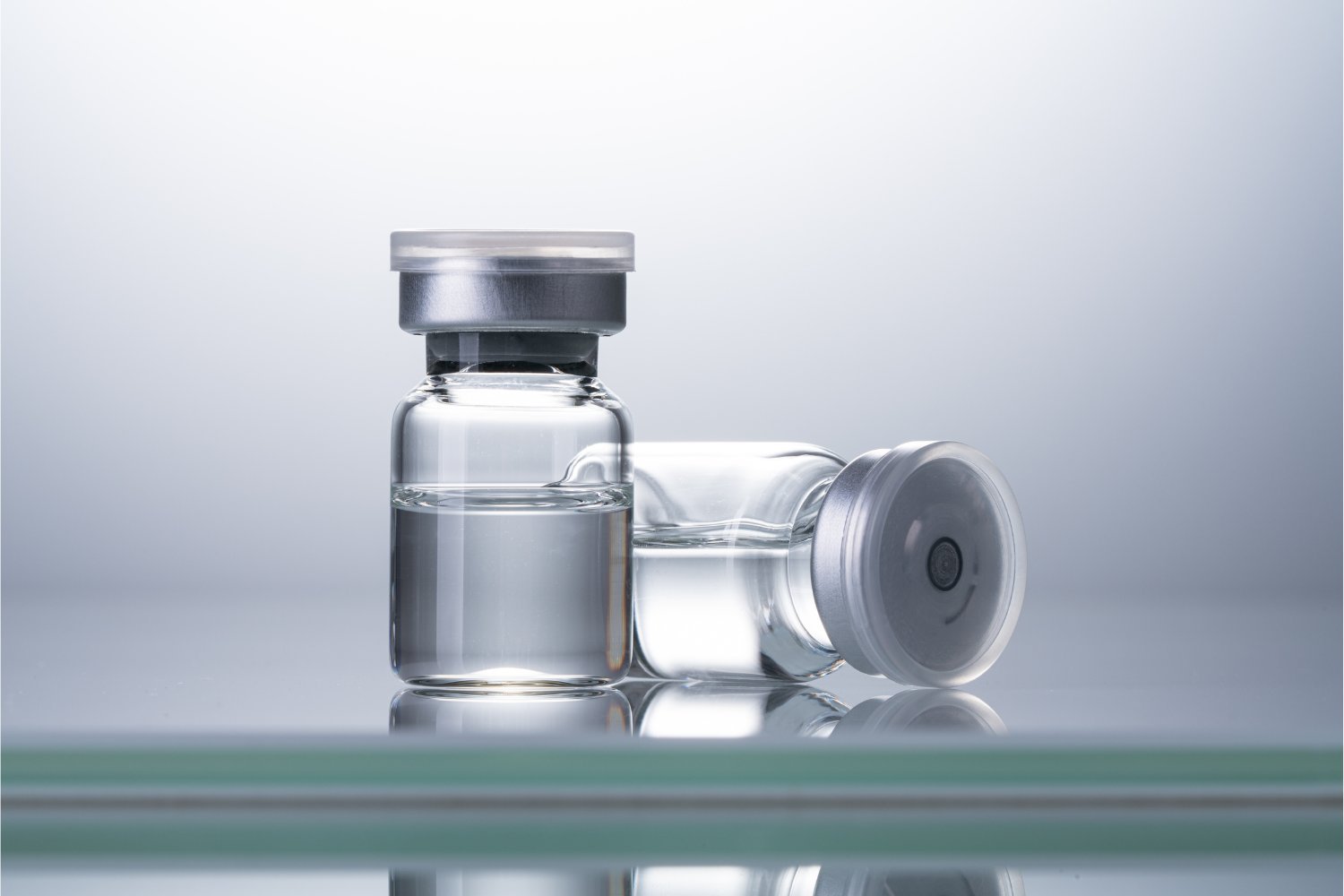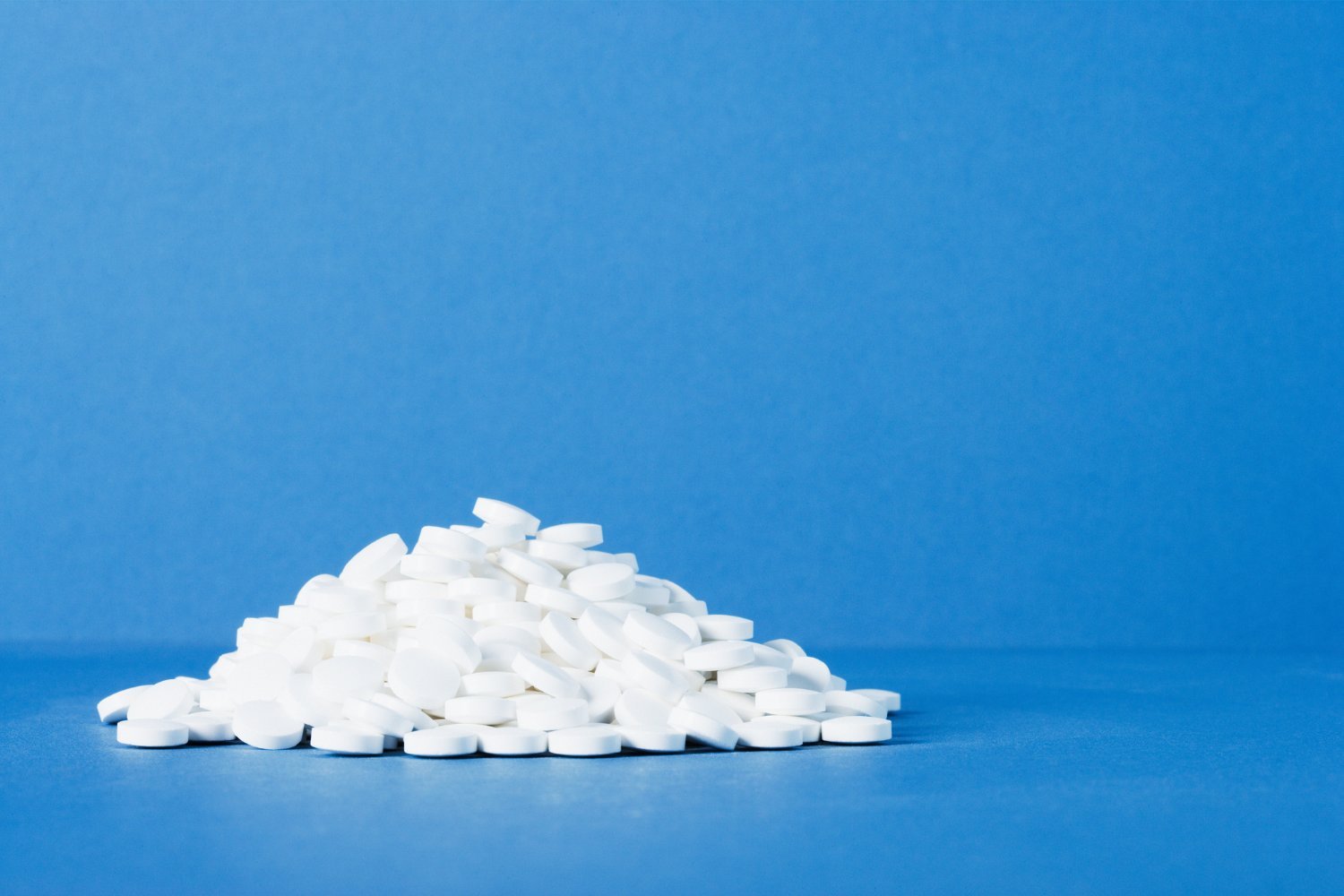New research suggests expanding access to GLP-1 weight loss and diabetes drugs like semaglutide (Ozempic, Wegovy) and tirzepatide (Mounjaro, Zepbound) could significantly reduce annual mortality rates in the United States. These drugs have demonstrated remarkable efficacy in clinical trials, achieving 15% to 20% weight loss, surpassing the results of diet and exercise alone. Recent studies continue to uncover additional health benefits beyond weight reduction.
The Potential Impact of Wider Access to GLP-1 Medications
While the relationship between weight and health is nuanced, obesity is a known risk factor for serious health issues like type 2 diabetes and heart disease, both of which contribute to premature mortality. GLP-1 drugs, initially used to treat type 2 diabetes, are now recognized for their weight loss potential. Specifically, Wegovy has shown promise in reducing cardiovascular and kidney disease risks in obese individuals.
Currently, only a small percentage of eligible Americans use GLP-1 drugs, primarily due to limited insurance coverage and high out-of-pocket costs. For example, Wegovy can cost over $1,000 per month without insurance. Researchers at Yale School of Public Health and the University of Florida modeled the potential impact of increased access to these medications, focusing on preventable deaths related to obesity and diabetes.
Projected Mortality Reduction with Expanded Access
Approximately 40% of American adults are obese (BMI over 30), yet only about 10% of this population uses GLP-1 drugs. Similar low uptake is seen among overweight individuals eligible due to diabetes or other obesity-related conditions. Even with current limited access, researchers estimate GLP-1 drugs prevent around 8,500 deaths annually. Expanding access could prevent an estimated 42,000 deaths each year, including over 11,000 among people with type 2 diabetes.
The researchers acknowledge these figures are estimates based on several assumptions. Their model considered factors like patient willingness to initiate GLP-1 therapy (around 75% based on survey data) and adherence rates (25% to 50% over one year based on existing studies). In a highly optimistic scenario with 89% uptake and perfect adherence, they project GLP-1 drugs could prevent over 160,000 deaths annually, with 41% of obese individuals no longer classified as obese.
Addressing the Challenges and Barriers to Access
In reality, several factors influence individual decisions about GLP-1 drugs. Common side effects include gastrointestinal issues like diarrhea and vomiting, which can be difficult for some to manage, though they often subside over time. Some individuals experience minimal weight loss despite treatment, and the lifelong commitment to weekly injections can be a deterrent.
Conversely, high demand and supply shortages have created a grey and black market for these drugs, highlighting the unmet need. Many seek cheaper, potentially less safe alternatives, emphasizing the importance of ensuring safe and affordable access.
Improving Affordability and Accessibility of GLP-1 Drugs
Researchers stress the need for a multi-pronged approach to address these challenges. Lowering drug prices to align with manufacturing costs, increasing production to meet demand, and improving insurance coverage and accessibility are crucial steps to ensure eligible individuals can safely access these potentially life-saving medications.



